$99.97 Original price was: $99.97.$69.98Current price is: $69.98.
SKU: D2LSC 0638349520 Categories: BAMBOO PLANTS, PLANTS & TREES
- Safe Transactions, Always
- Effortless Shopping, Quality Products
- Safe Payments, the Smart Choice
- Easy, Fast Returns Guarantee

‘Flavescens Inversa’ Bamboo
Phyllostachys aurea ‘Flavenscens-Inversa’
Plant Details
USDA Plant Hardiness Zones: 7a-10b Find Your Zone
Type: Running
Height: 25-30′ (15′ in Zone 6; 20-25′ in Zone 7)
Spread: 5’+ with no control
Culm Diameter: 1.5-2.0″
Sun: Full Sun or Part Shade
Soil: Average, well-drained, drought tolerant when established
Growth Rate: Fast
Description
A rare form of Phyllostachys aurea (Golden Bamboo), ‘Flavenscens-Inversa’ is a handsome and colorful golden bamboo with green culms (canes) that are striped in a vivid yellow. Another interesting feature are the stacked inter-nodes at the base of the culms which are often called “turtle shells.” Its low-growing limbs, along with thick and lush foliage, make Flavescens-Inversa a great selection for privacy screening purposes. A fast grower to 25 to 30 feet tall in warmer climates and 15 to 25 feet in cooler climates, this bamboo forms a thick grove of 1.75 inch diameter culms. Flavescens-Inversa likes as much sun as you can give it for best coloration but will grow in part shade. Cold hardy to 0°F.
Culms are used for interior decoration, fishing rods, walking sticks, umbrella handles, and many other crafts projects.
Average Height By USDA Zone
USDA Zone 7-11: 25-30 feet in height.
Climate Zone 6: approximately 15 feet in height with top damage during severe winter
Landscape & Other Uses
Containers/Pots: Good
Crafts: Good
Edible: Good
Hedge: Good
Indoor: Too large – PLEASE SEE: How To Grow Bamboo Plants Indoors
Ornamental: Excellent
Privacy Screen: Excellent
Specimen: In containers or when controlled with a barrier
Wood Quality: Good
*Other Special Notes: This is a form of Phyllostachys aurea and is not the same as Yellow Groove Bamboo
Note: For our customers who live and garden north of USDA Plant Hardiness Zone 7a, where this Bamboo is not winter hardy, you’ll be happy to know it can be grown in containers that can be brought indoors during winter and placed back outside when temperatures warm up in spring.
Growing Preferences
This Bamboo is easy to grow in any average, well-drained but moist soil and full sun to oart shade. During the first growing season after planting, water as needed to keep soil around the plants moist, but not soggy or wet. When established, most bamboo will tolerate periods of dry weather, however, will appreciate an occasional deep soaking if the leaves begin to curl from drought stress.
How To Grow Bamboo Plants Indoors
It is a running bamboo, which means it spreads. Bamboo can be controlled in a small area (a normal city yard) simply by mowing or stepping on the young shoots. New shoots of some bamboo can also be used for culinary purposes and cooked, much like asparagus. Keep in mind that running bamboo only puts up new shoots for a short time each year and, when they are “shooting,” the new plants are very fragile and easy to destroy. Root pruning or installing Bamboo Root Barrier are other methods to control spread.
Helpful Articles
Click on the links below to find helpful advice from our experts on how to plant and care for Bamboo plants.
How To Grow Bamboo Plants Indoors
How To Plant Bamboo Plants In The Ground
How To Plant Bamboo Plants In Containers & Pots
How To Fertilize And Water Bamboo Plants
How To Prune Bamboo Plants
How To Stop The Spread Of Bamboo Plants
We are proud members of the ABS
Plant Long & Prosper!
Meet The Wilson Brothers & Staff
Questions? Contact Us!
Be the first to review “Flavescens Inversa Bamboo (Phyllostachys Aurea) – 3 Gallon Pot (4-6′)” Cancel reply
Related products
Sale!
PLANTS & TREES
Sale!
Sale!
PLANTS & TREES
Sale!
PLANTS & TREES
Sale!
PLANTS & TREES
Sale!
PLANTS & TREES
Sale!
Sale!
FRUIT TREES & PLANTS


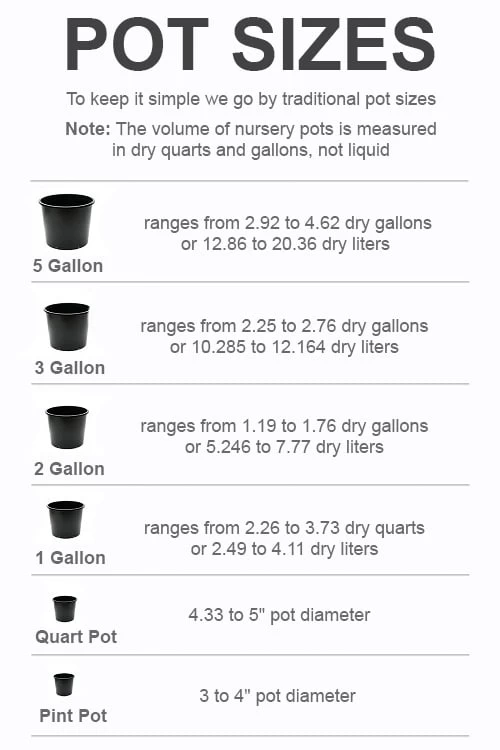
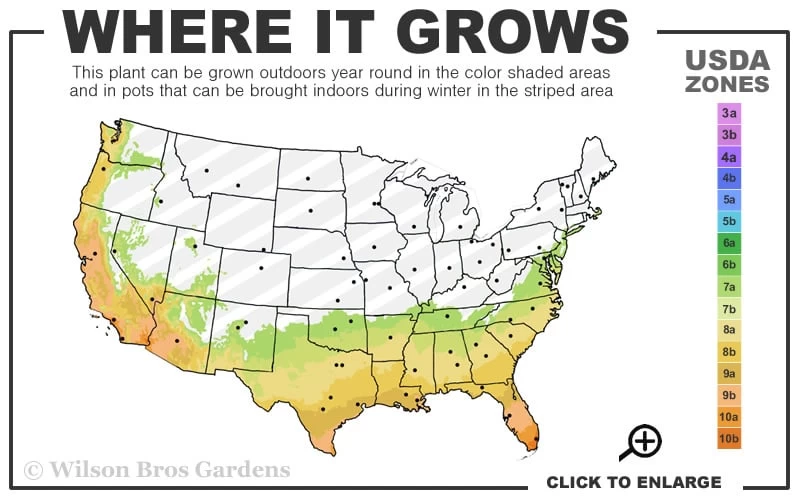






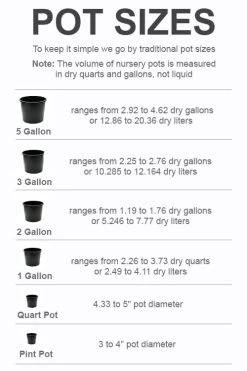

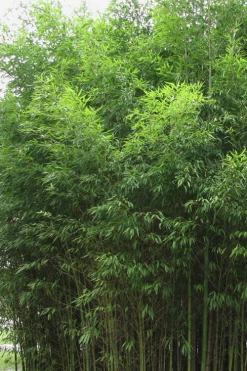
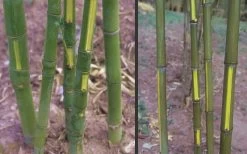



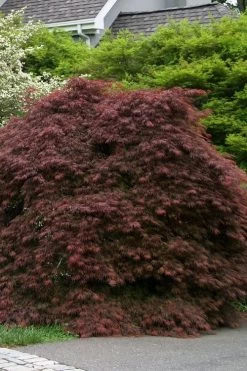
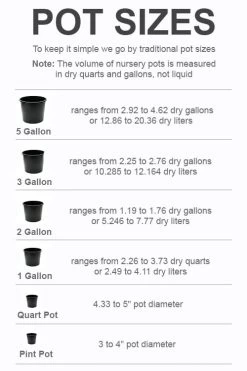
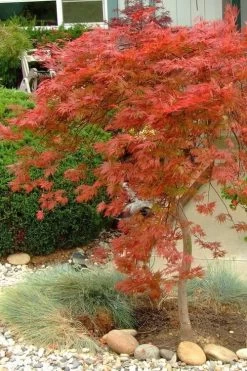

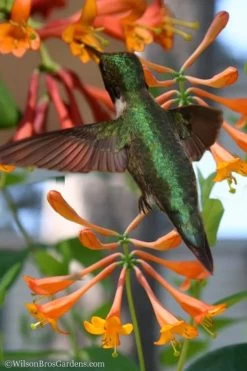

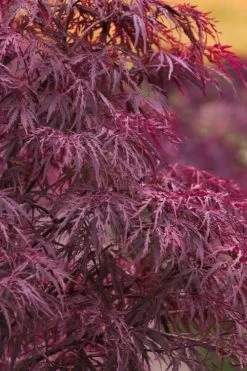
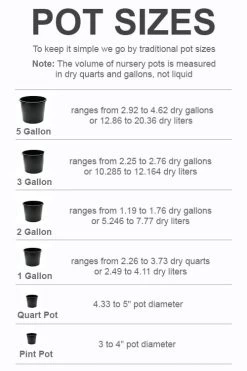

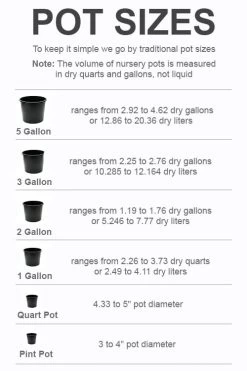

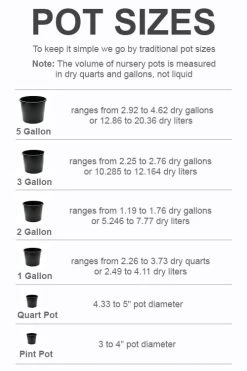
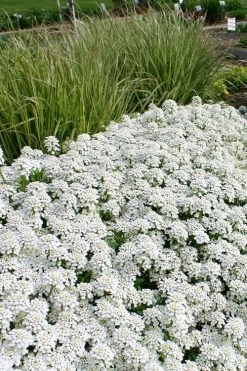
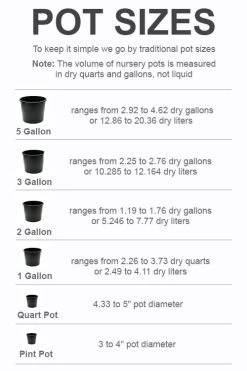
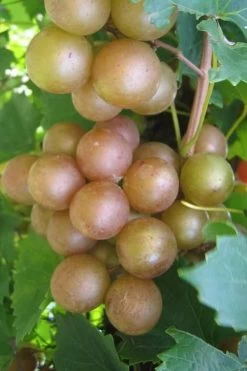
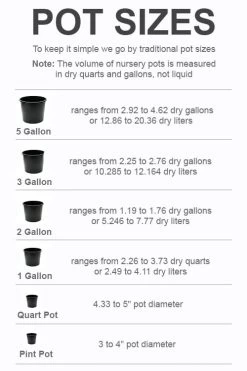
Reviews
There are no reviews yet.